Animal Rights Activists Rescue 510 Chickens From Slaughter
The News
As COVID-19 blazed a trail of sickness and death through Brooklyn’s ultra-Orthodox Jewish community during the summer of 2020, animal rights activists in NYC thought that the Department of Health (DOH) would cancel the annual Kaporos chicken slaughter events, which were scheduled to take place from September 20 – 27. The DOH knew that these large, crowded, semi-enclosed gatherings could be super-spreader events and that the participants would not be wearing masks. The DOH also knew that Kaporos could put the public at risk of another zoonotic disease outbreak, as ritual practitioners physically handle live animals in the makeshift wet markets. In spite of these risks and the fact that seven health codes are violated during Kaporos, the City allowed the annual slaughter to take place.
During Kaporos, an estimated 100,000 chickens are trucked into Brooklyn; held in crates on the street for up to a week; and swung in the air by practitioners before being killed in approximately 30 open air slaughterhouses erected on residential streets. The blood, feces and body parts of the chickens contaminate the sidewalks and streets for several days, exposing New Yorkers to E. coli, campylobacter and other pathogens and toxins, according to a renowned toxicologist hired by area residents who sued the DOH and NYPD over their failure to enforce the City’s health laws.
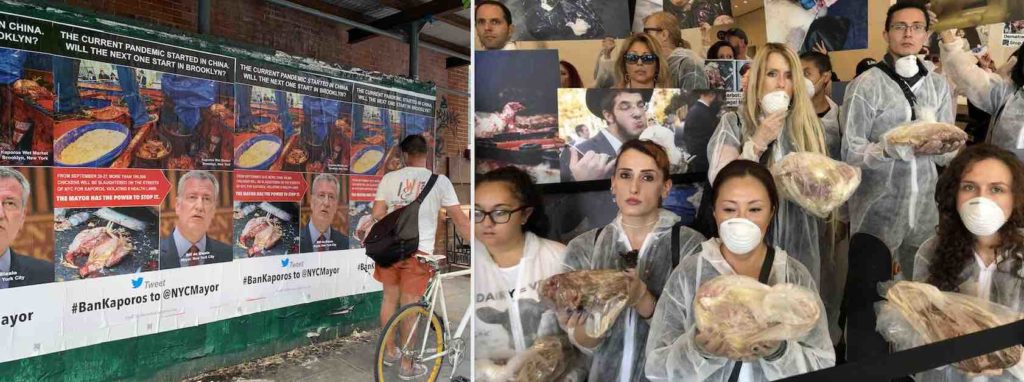
Public health and animal rights activists have been sounding the alarm about the risks to public health posed by the Kaporos. If a zoonotic disease spilled over into humans at a Kaporos wet market, it could spread like wildfire in densely populated NYC before health officials even detected it.
In early September, when the Alliance to End Chickens as Kaporos came to the realization that Health Commissioner Dave Chokshi and Deputy Commissioner of Disease Control Demetre Daskalakis would be allowing Kaporos to take place, Jill Carnegie, the organization’s field director, began working with fellow rescue organizers to ramp up placement efforts for the chickens. They found homes for 275, but she knew from previous years that additional sanctuaries and homes would volunteer to take many more once the rescues began.
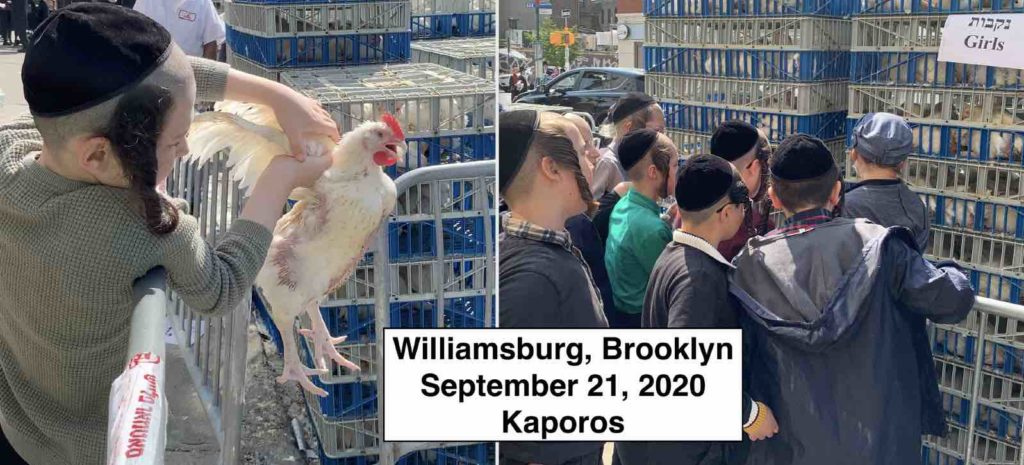
In the days leading up to Yom Kippur, hundreds of thousands of ultra-Orthodox Jews around the world engage in a ritual animal sacrifice called Kaporos.
During Kaporos, the all-volunteer rescue operation begins as soon as the chickens are unloaded from the flatbed trucks that transport them to Brooklyn from the factory farms in New Jersey and Pennsylvania where they are fattened for the first five weeks of their lives. Armed with the crates and blankets, Carnegie and other rescuers search the streets of Brooklyn’s Hasidic neighborhoods for chickens; rescue the ones who are unattended; and whisk them away to a triage center where chicken care experts from Tamerlaine Sanctuary provide them with nourishment and first aid as they determine whether or not they need more advanced veterinary care. According to Carnegie, rescuers transported 30 chickens to the vet, 15 of whom had wings or toes amputated.
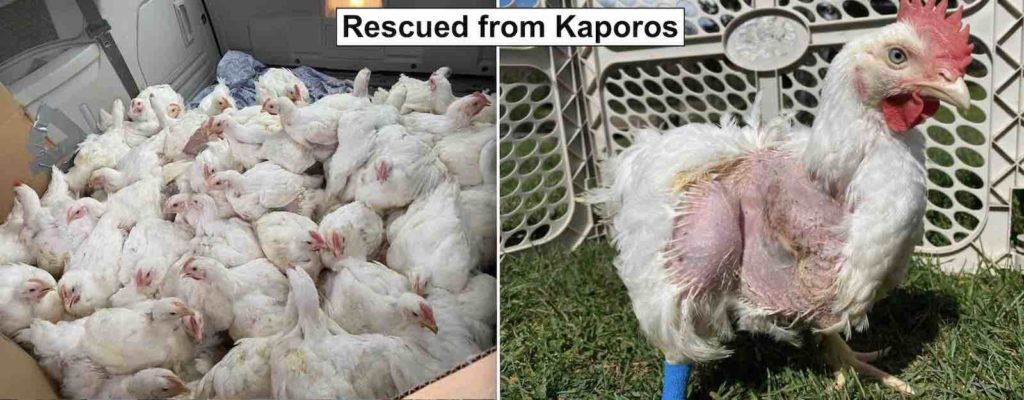
Kaporos chickens in transit from a triage center in Brooklyn to Tamerlaine Sanctuary in NJ. Some of the chickens require surgery for broken wings and toes.
After seven days of rescues, Carnegie and her fellow rescuers ended up with 510 chickens, who they treated and transported to dozens of sanctuaries and homes around the country — from Maine to Arizona.
In 2019, TheirTurn documented the rescue operation:
In the weeks after Kaporos ended, COVID infections spiked in most of the neighborhoods where Kaporos took place. The city designated these areas as red zones and shut down the schools and non-essential businesses. Activists were left wondering how many lives – human and nonhuman – could have been spared if Dr. Chokshi and Dr. Daskalakis stopped Kaporos from happening.



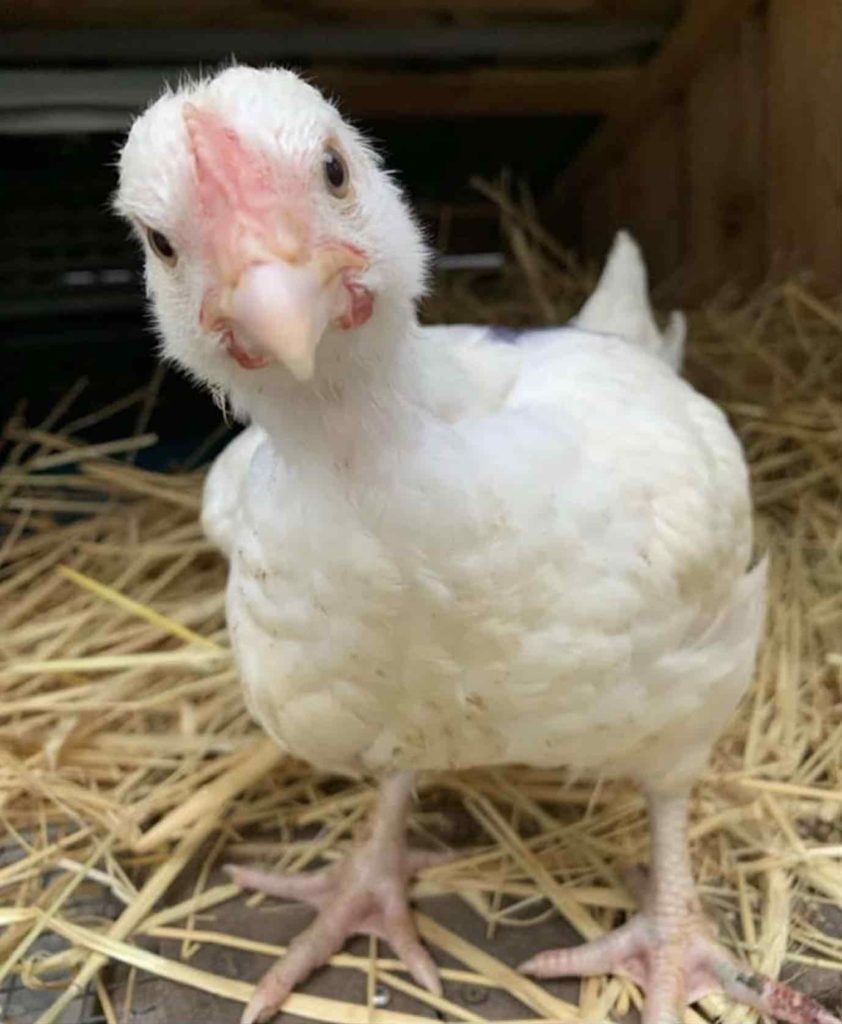
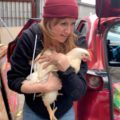

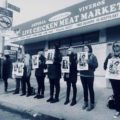

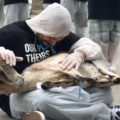
Just to think how many Embryos you could save from slaughter too if Animal Rights Groups join forces with Anti-abortion groups. No chickens nor unborn babies should have their lives stopped.